
The Role of Rhythm in Melodic Construction
by Lee Duane FitzSimmons
Rhythm is extremely important in melodic development, especially in uptempo pieces that are filled with lively passages and quick impulsive notions. The entire mood of such a work is often expressed by the rhythmic structure that determines what the basic groove will be. The two most common types of rhythmic expressions use duple and triple elements. Each of these rhythmical notions can be expressed as groupings of beats or as subdivisions of each beat.
Another interesting element to be considered is the "swing factor," which is a way to express the microseconds of length between two notes that identify whether a groove is using duple or triple rhythmic subdivisions within its musical essence. Oftentimes, a rhythmic subdivision falls somewhere between the two and creates a very distinct effect. Oftentimes, the clash of duple meter over triple meter in two or more aspects of a piece can also cause some very interesting sounds as well. Whether or not these effects will be pleasant to the ear of the listener is determined by the use of these devices and the skill of the performers executing them.
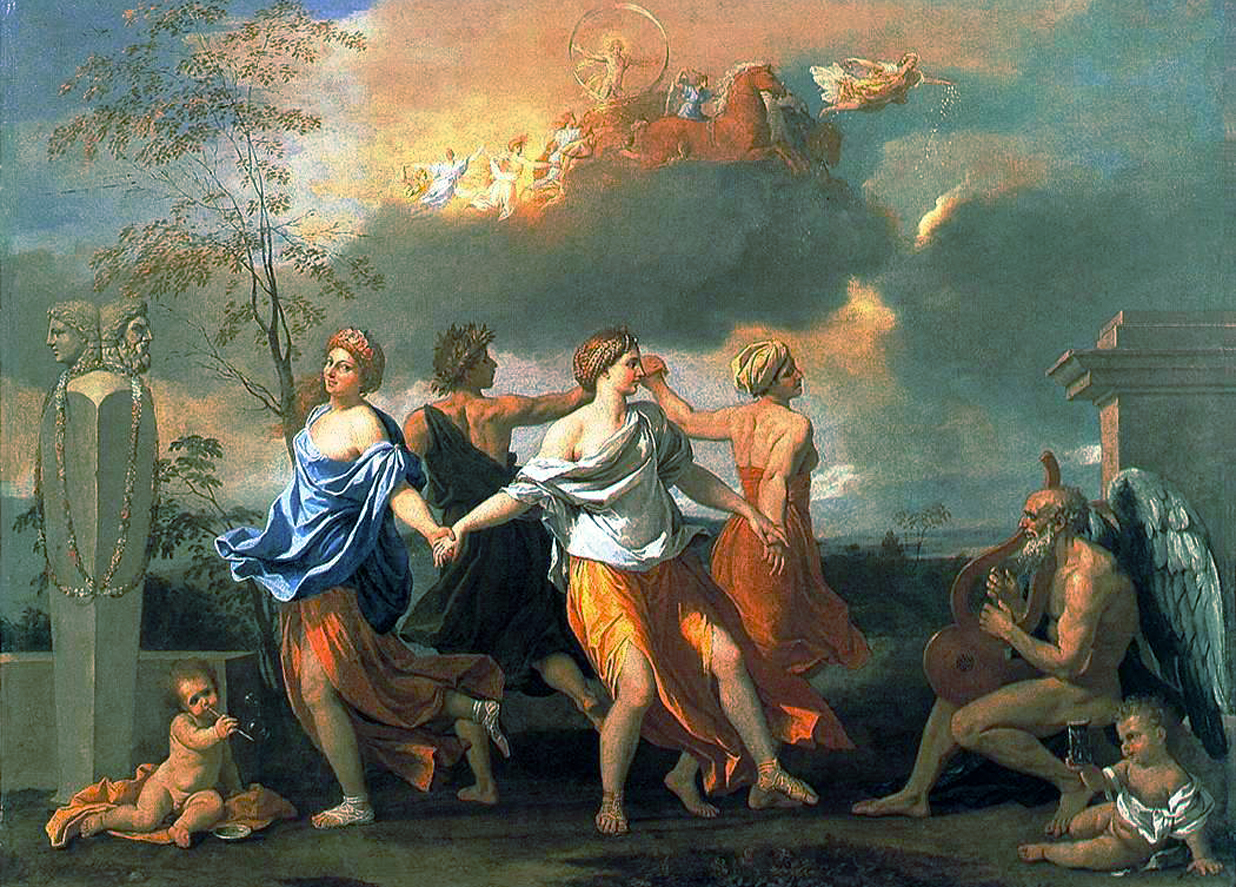
In order to express the role of rhythm more accurately, it would seem prudent to express the many different ways that it can be used with melody. First, melody can be employed to produce strings of notes that are very similar in rhythm. These types of melodic lines are usually found in quicker passages and will often end with some type of longer note or pause between each phrase. Many types of faster moving musical notions will also vary the lengths of the notes within a phrase and create some highly unique melodic expressions.
Slower melodies do use rhythm, but the effect is far more subtle. By using these subtleties, the end results can be just as aesthetically rewarding, especially when the melody is truly inspired. In the hands of a skilled composer, even slower melodic lines can employ a type of distinct rhythmic idea that captures the same effect as the rhythms found in faster tempos. Quick switches between double time and regular time are often used to gain this type of effect; however, there are many more ways that are used and many more ways that have yet to be discovered.
It is this discovery of new elements of art that allows for new elements of emotion to be interwoven into the fabric of society...
It is this discovery that makes creating art such a joy and a challenge.
* * *
INDEX
 |
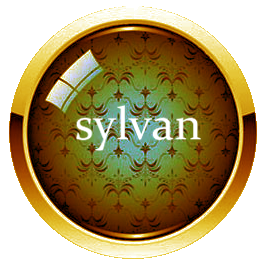 |
 |
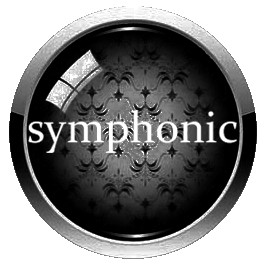 |
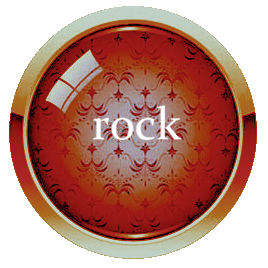 |
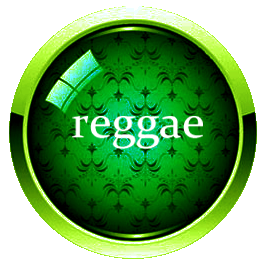 |
HOME * BOOKS * SANCTUARY * BIOGRAPHY
JAZZ * SYLVAN * ELECTRONIC * SYMPHONIC * ROCK * REGGAE
Copyright 2014 by Lee Fitzsimmons